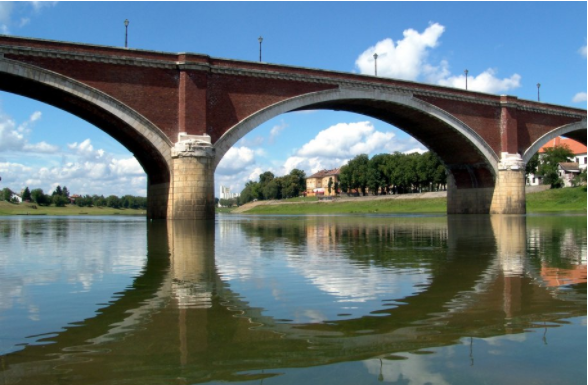Why?

The area of the city of Sisak has been continuously inhabited for more than 2,500 years. In its long history, Sisak has always been home to modern technologies; during the Roman era Siscia was a mint of imperial money, in the 19th century Sisak was the flagship of river and rail transport, and the 20th century was marked by the strong development of the oil and metal processing industry. At the turn of the 20th and 21st centuries, Sisak was deindustrialized.
What technology will mark the development of Sisak during the 21st century?
The most promising workforce is young professionals and researchers. Through their work and innovations, they create high added value and thus develop the economy. This part of the workforce has emigrated before in search of better conditions, and today this is further facilitated by Croatia’s accession to the European Union. A recent survey found that one of the main reasons for emigration is the lack of adequate work opportunities.
How to create jobs that attract the most educated?


Mankind began to conquer space in the mid-20th century, and it was only in the past decade that space attracted the interest of private investors. In that period, the space industry grew by an average of about 7%, and even greater growth is expected, especially on the wings of easier access to orbit, asteroid mining, etc. The Republic of Croatia launched the process of joining the European Space Agency in November 2017, which opens up numerous business opportunities.
The purpose of the Centre is to enable young researchers to participate in the development of the latest space and innovative technologies to contribute to the development of the city of Sisak in the 21st century.
